- full price € 15 at the box office - € 14 online
- reduced price € 12 at the box office - € 11 online
– for young people aged between 18 and 25 (not yet turned 25);
– for groups of 15 people or more;
– La Galleria Nazionale, Museo Ebraico di Roma ticket holders;
– upon presentation of ID card or badge: Accademia Costume & Moda, Accademia Fotografica, Biblioteche di Roma, Centro Sperimentale di Cinematografia, Enel (for badge holder and accompanying person), FAI Fondo Ambiente Italiano, Feltrinelli, Gruppo FS, IN/ARCH Istituto Nazionale di Architettura, Sapienza Università di Roma, LAZIOcrea, Palazzo delle Esposizioni, Amici di Palazzo Strozzi, Accademia Nazionale di Santa Cecilia, Scuola Internazionale di Comics, Teatro Olimpico, Teatro dell’Opera di Roma, Teatro di Roma, Università degli Studi di Roma Tor Vergata, Youthcard; - open € 18
valid for one year from the date of purchase
- free
– minors under 18 years of age;
– myMAXXI cardholders;
– on your birthday presenting an identity document;
– upon presentation of EU Disability Card holders and or accompanying letter from hosting association/institution for: people with disabilities and accompanying person, people on the autistic spectrum and accompanying person, deaf people, people with cognitive disabilities and complex communication needs and their caregivers, people with serious illnesses and their caregivers, guests of first aid and anti-violence centres and accompanying operators, residents of therapeutic communities and accompanying operators;
– MiC employees;
– journalists who can prove their business activity;
– European Union tour guides and tour guides, licensed (ref. Circular n.20/2016 DG-Museums);
– 1 teacher for every 10 students;
– AMACI members;
– CIMAM International Committee for Museums and Collections of Modern Art members;
– ICOM members;
– from Tuesday to Friday (excluding holidays) European Union students and university researchers in art history and architecture, public fine arts academies (AFAM registered) students and Temple University Rome Campus students;
– IED Istituto Europeo di Design professors, NABA Nuova Accademia di Belle Arti professors, RUFA Rome University of Fine Arts professors;
– upon presentation of ID card or badge: Collezione Peggy Guggenheim a Venezia, Castello di Rivoli Museo d’Arte Contemporanea, Sotheby’s Preferred, MEP – Maison Européenne de la Photographie;
Collection
MAXXI’s Collection of Art and Architecture represents the founding element of the museum and defines its identity. Since October 2015, it has been on display with different arrangements of works.
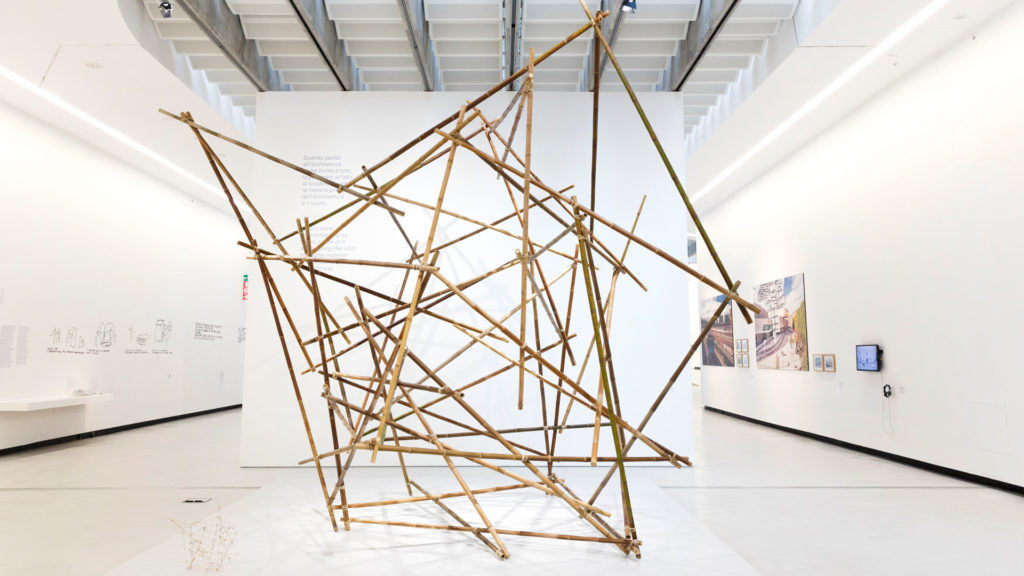
other upcoming events
7 Jun 2025 > 8 Jun 2025 03.00 pm
MAXXIperTUTTI“amor ch’a null’amato”theatre in the dark
7 Jun 2025 04.30 pm
MAXXIperTUTTIIo sono colorelab in LIS
13 Jun 2025 06.00 pm
talkAnachronic Renaissanceby Alexander Nagel and Christopher S. Wood
14 Jun 2025 11.30 am
talkBas Smets_LandscapeFrom the Notre-Dame gardens to the Grande MAXXI
17 Jun 2025 06.00 pm
stadiums stories: designing the mythStadiums. Back to the futurewith Moira Valeri






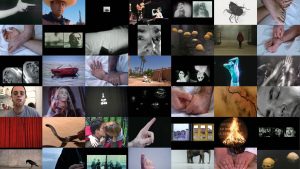



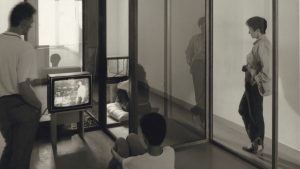
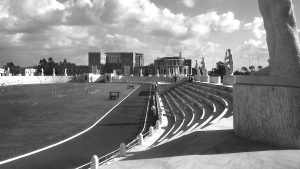






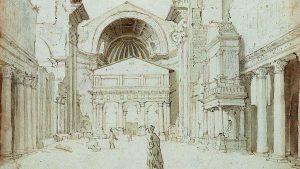
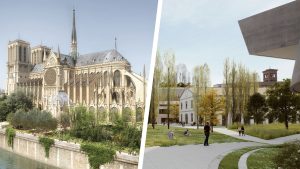



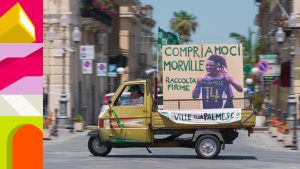






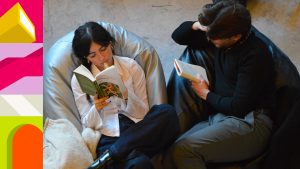








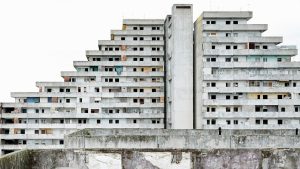







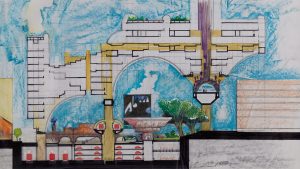
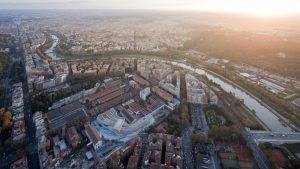
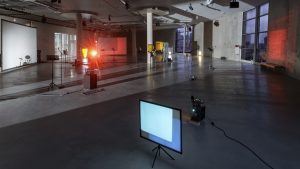

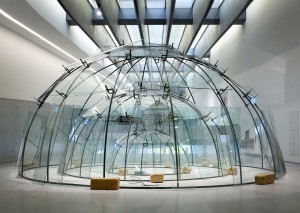
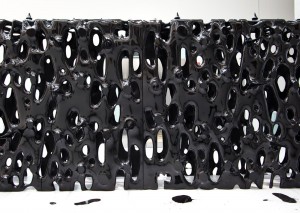
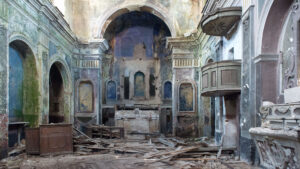

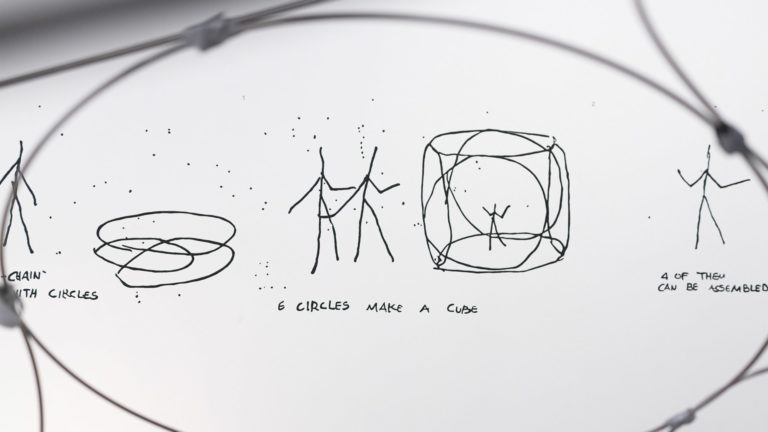
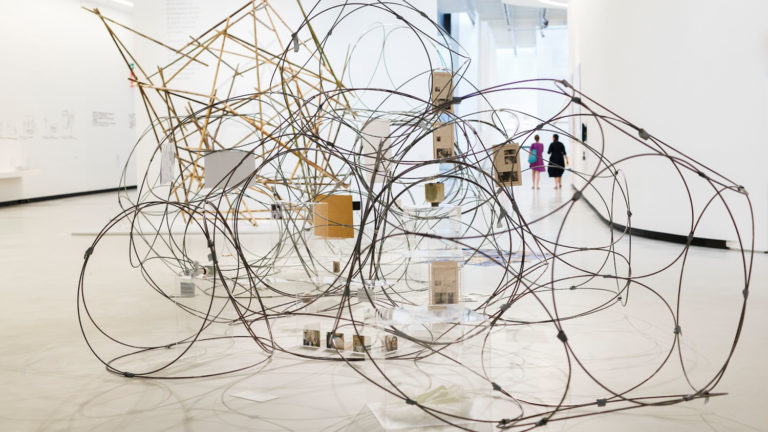
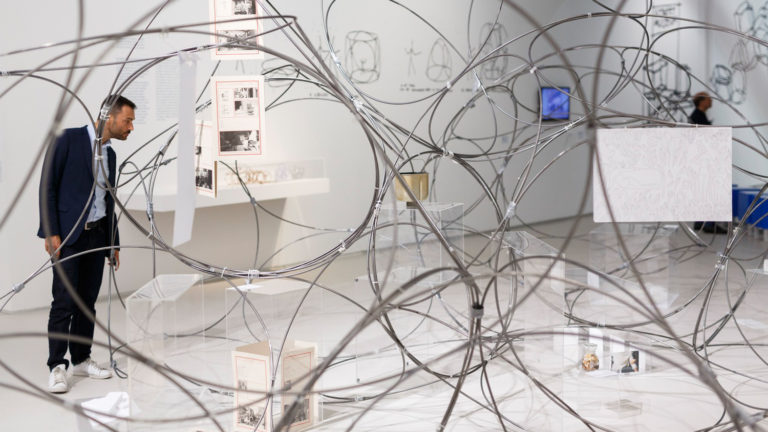
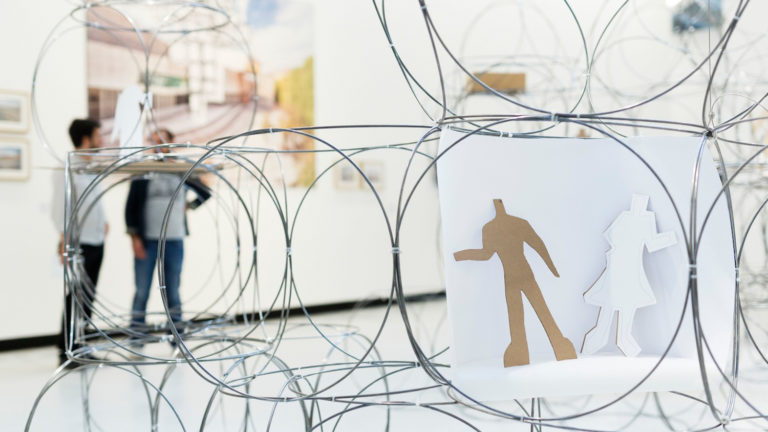

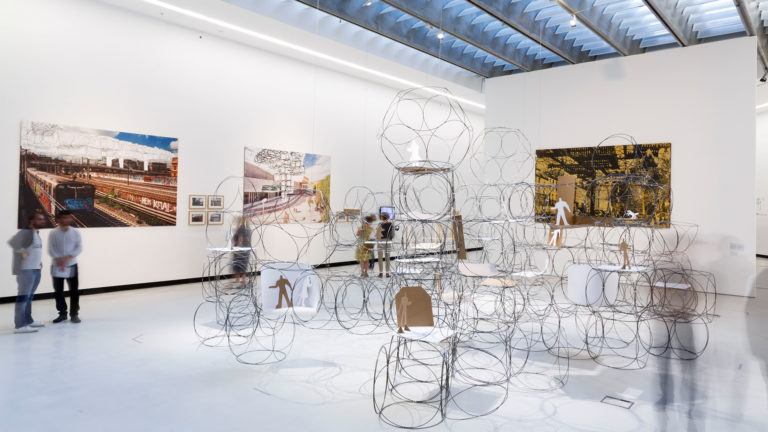
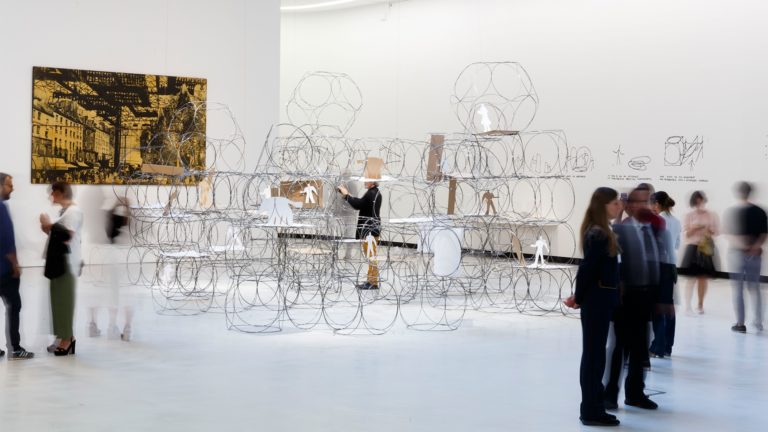
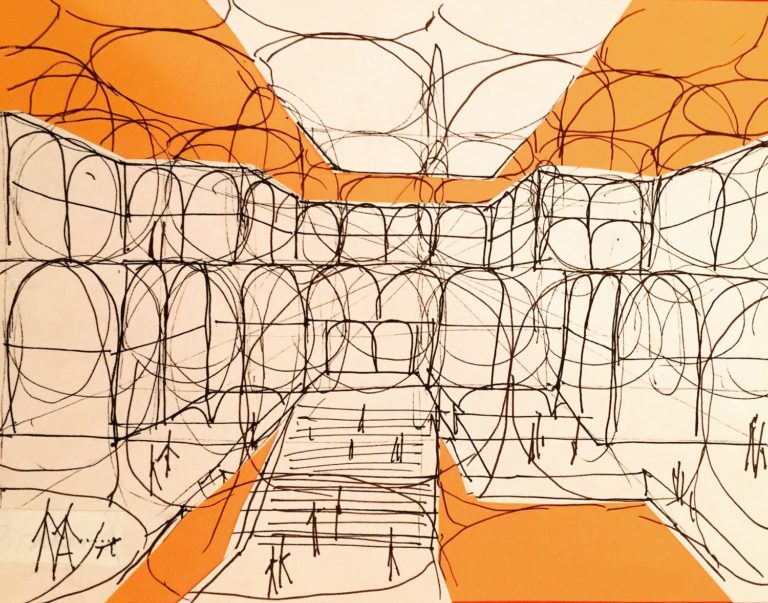
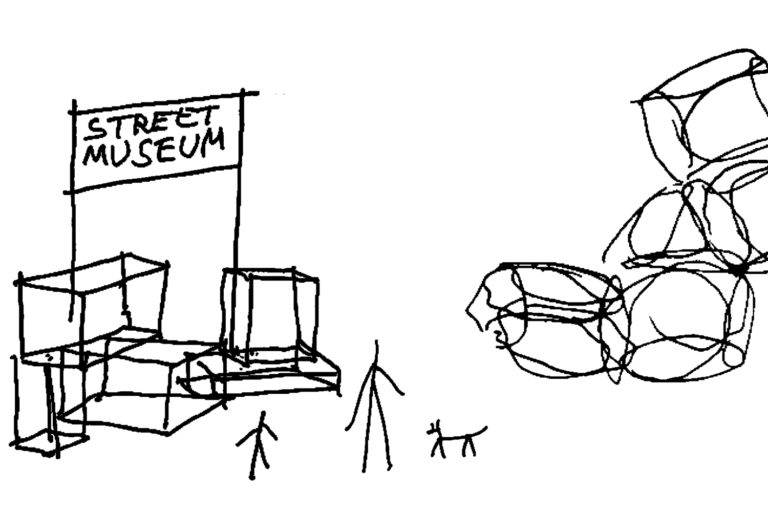



Carlo Scarpa hall
free entrance until full capacity
On the occasion of the Yona Friedman. Mobile Architecture, People’s Architecture exhibition, the MAXXI is to present two volumes devoted to the architect who rose to prominence thanks to his theory on Mobile Architecture.
Yona Friedman. How to live with others without being either slaves or masters
Curated by Franco Bunčuga – preface by Manuel Orazi
Eleuthera publishing house
Friedman used his dry visual language when drafting this small manual for concrete utopians, where he describes how to live with others without dominating or being dominated by others. By use of both ingenious and essential sketches complemented by Friedman’s very handwriting, the author unveils the mechanisms underlying personal relationships, thereby showing the hierarchical and power dynamics that are involuntarily reproduced in public spaces and interpersonal relationships.
Yona Friedman. Tetti (Roofs)
Curated by Andrea Bocco
Quodlibet publishing house
Tetti (Roofs), the first draft of which was written in the ‘70s, contains practical information (tested by the very author on behalf of UNESCO) on how to build roofs and shelters suiting the material needs of poor people living in Third World countries. This composite work shows that Friedman had already decided to focus his interventions on how to involve inhabitants in the planning of their habitat: “Housing problems do not only involve the poor. We want to propose interesting solutions for all societies”.
Host
Elena Motisi MAXXI curator
Speakers
Franco Bunčuga Architecture and History of Art professor
Manuel Orazi architecture historian
Andrea Bocco Architecture professor at the Polytechnic University of Turin